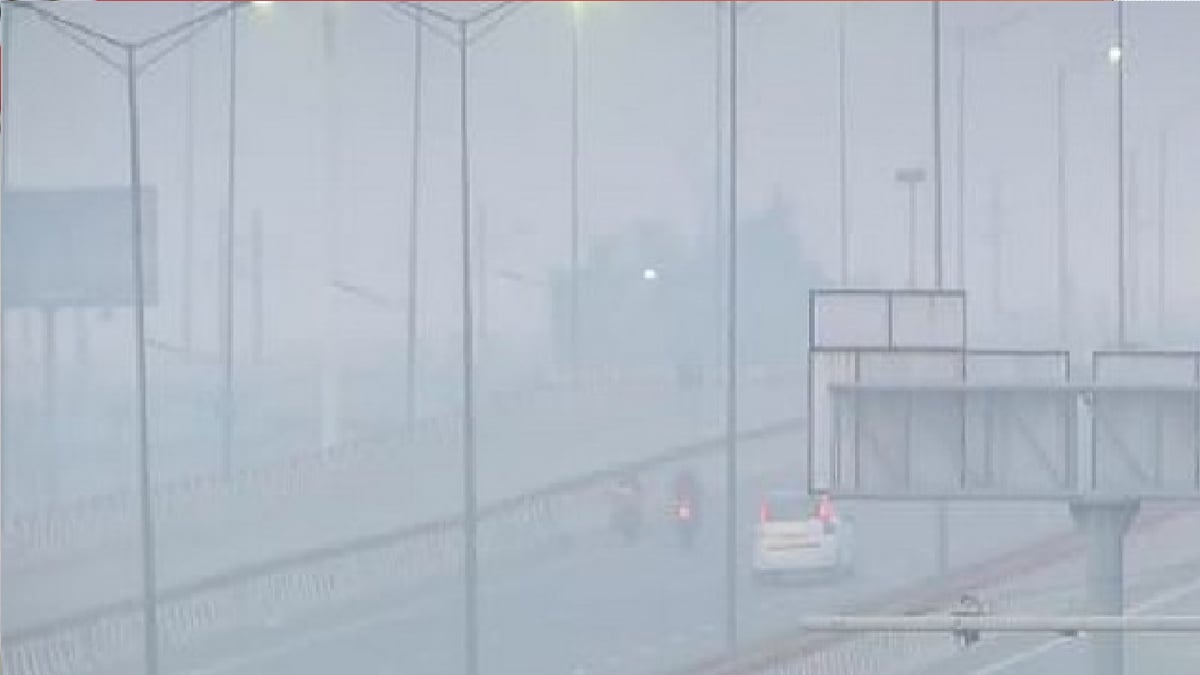New Delhi : With the improvement in air quality in Delhi-National Capital Region (NCR), the Central Government has ordered to lift the restrictions imposed on the fourth phase of the Gradual Response Action Plan (GRAP). With this order of the Central Government, with the commencement of construction work of public projects in Delhi-NCR, the ban on entry of trucks and commercial four-wheelers will be removed. These restrictions are imposed under the last phase of the Central Government’s ‘GRAP’ i.e. in the fourth phase.
No signs of significant decline in air quality
According to media reports, the Commission for Air Quality Management (CAQM) has ordered the cancellation of all emergency measures from Delhi-NCR, which allow entry of only CNG, electric and BS-6 related vehicles into Delhi. According to the new order of CAQM, in the fourth phase of GRAP, only essential vehicles were allowed to enter Delhi, while apart from this, the entry of all medium and trucks was banned. CAQM said that the air quality forecast of the India Meteorological Department and the Indian Institute of Tropical Meteorology does not indicate a significant deterioration in the overall air quality in Delhi-NCR in the coming days.
Some improvement in Delhi’s air
On the other hand, there is also news that Delhi’s air quality has improved due to increase in wind speed and change in wind direction at night, but it is still in the “very poor” category. Delhi’s Air Quality Index (AQI) was 339 at 9 am, which was 405 at 4 pm on Friday. The 24-hour average AQI recorded at 4 pm every day was 419 on Thursday. It was 401 on Wednesday, 397 on Tuesday, 358 on Monday, 218 on Sunday, 220 on Saturday and 279 on Friday.
Toxic smoke mixed in the air from firecrackers and stubble
The relatively better air quality last weekend was attributed to rain. The level of air pollution increased due to increase in incidents of bursting of firecrackers and burning of stubble in neighboring states on Diwali night. Additionally, the increase in air pollution was attributed to adverse meteorological conditions, which mainly included calm air and low temperatures.
The air is very bad in these cities of NCR
Delhi’s neighboring cities Ghaziabad (274), Gurugram (346), Greater Noida (258), Noida (285) and Faridabad (328) also recorded air quality ranging from “very poor” to “severe”. An AQI between zero and 50 is considered “good”, between 51 and 100 “satisfactory”, between 101 and 200 “moderate”, between 201 and 300 “poor”, between 301 and 400 “very poor”, 401 and Between 450 is considered “severe” and above 450 is considered “very serious”.
The amount of sulphate and nitrate in the air decreased
Recent findings of a joint project of the Delhi government and the Indian Institute of Technology (IIT) Kanpur revealed that vehicular emissions contributed to about 45 per cent of the capital’s air pollution on Friday. It is likely to reduce to 38 percent on Saturday. The second major contributor to Delhi’s bad air is particles like sulphate and nitrate, which form in the atmosphere due to the interaction of pollutant particles and gases emitted from sources such as power plants, refineries and vehicles. During the last few days, their contribution to Delhi’s air pollution has been 19 to 36 percent.
Wind speed may increase from November 21
An official of the India Meteorological Department (IMD) said that the improvement in wind speed from November 21 may reduce the level of air pollution. Delhi’s air quality has deteriorated in the last few days despite strict measures taken by the Delhi government, including a ban on construction work and entry of diesel-guzzling trucks in the national capital.

